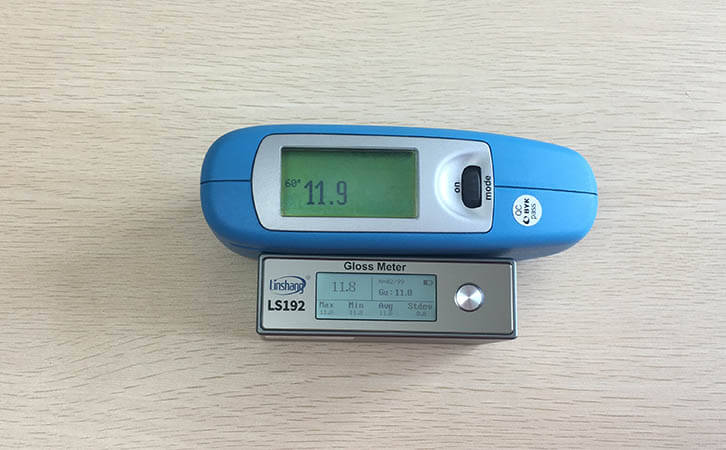What are the Factors that Affect Fabric Gloss?
1. What are the factors affecting fabric gloss?
Textile gloss comes from the fiber itself, the weaving method and the glossy print or coating. For example, silk products have better gloss than other fabrics. This is because silk is a mucus secreted by silkworms, which itself has a good gloss.
In addition to materials and weaving methods, when color paste is blended, the amount of resin used will increase the gloss; if the amount of resin is reduced, the gloss will decrease.
2. Fabric gloss test method
There are many ways to measure the gloss of textiles, such as three-dimensional contrast gloss and two-dimensional contrast gloss. However, it can only measure physical quantities other than the senses. It is inevitable that it does not conform to the visual reflection.
Three-dimensional contrast gloss is one of the indicators for the evaluation of the textile materials gloss. The light source illuminates the textile plane obliquely (typically 45 °) and the strongest reflected light intensity (actually it deviates from the light source, the center of the illuminated surface and is perpendicular to the plane of the sample).
The two-dimensional contrast glossiness refers to the light source illuminating the textile plane obliquely (typically 45 °). On the plane passing through the light source, the illuminated center and is perpendicular to the sample plane. The strongest reflected light intensity is near the direction of symmetry with the sample. The ratio of the normal reflected light intensity from the plane to the sample plane.
Compared with instrumental measurement methods, visual evaluation methods can more directly reflect the sensory characteristics of textile gloss. There are two standards for visual evaluation of gloss (quantity of gloss) and quality (quality of gloss). It is usually performed by a certain number of experienced people under a standard light source illuminated in a prescribed angle (for example, 45 °). The visual gloss of the sample can be evaluated by pairwise comparison or rank ranking method. The disadvantage of the visual evaluation method is that the visual perception is easily affected by the incident and received angles of light and the individual differences of people, so the reproducibility is poor. The evaluation criteria are not stable enough. The ideal gloss test method should be reproducible, independent of individual differences and consistent with the order of sensations.
3. Selection of gloss meter
When it comes to the gloss meter in the industry, there is a well-known brand in Germany - German BYK gloss meter. I have to say that the German BYK was successful. The gloss meter was defined for the first time and has become a unified standard instrument at home and abroad. Therefore, the price is not cheap, ranging from 10,000 to 30,000RMB. The instrument itself has a variety of functions, even a dozen languages.
Now Linshang Technology has launched a gloss meter LS192 , the first instrument can be compared with the German BYK gloss meter, the reasons are as following:
● Various measurement modes of the instrument, automatic measurement and manual measurement.
● Real-time measurement, where to measure where.
● It can display real-time value, maximum value, minimum value, average value, mean square, and the smaller the mean square, the more uniform, intuitive and clear.
●Ultra-small design, take it with you wherever you go and measure where you go.
●The number of storage groups can be set by yourself and a maximum of 99 sets of data can be measured.
●The instrument meets the national metrological verification regulations JJG 696 level gloss meter standard.
● Can be connected to the computer and output professional reports in real time.
